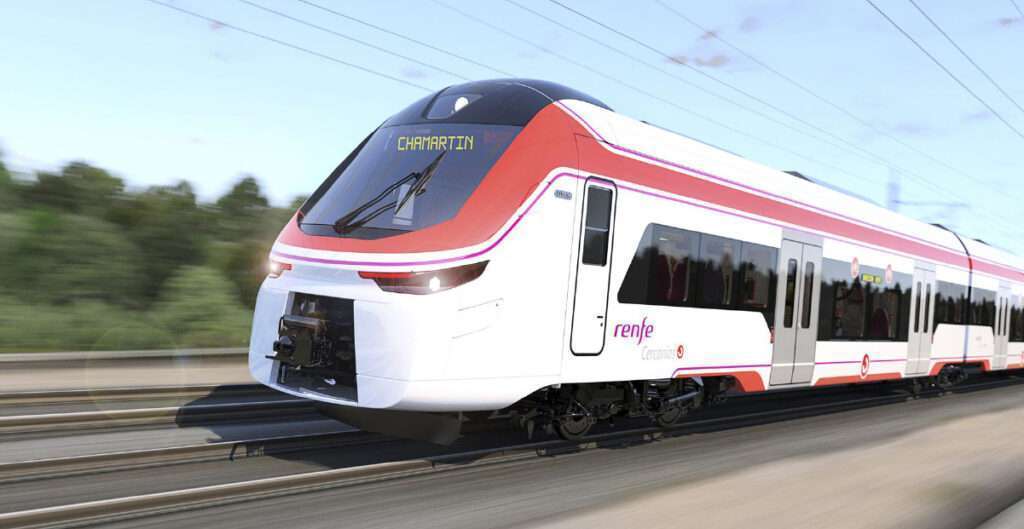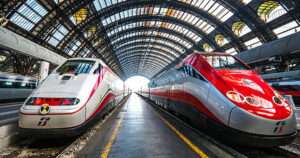Two and a half years after the opening up to competition, fierce competition is taking shape in the French railway scene. After the arrival of Trenitalia at the end of 2021 and the “Le Train” service scheduled for 2025, Renfe seems to be revealing its cards. Launched in France just five months ago, the Iberian railway company clearly expresses its ambition to conquer the Hexagon. This offensive, full of promises for travelers, nevertheless raises questions about Renfe’s ability to maintain its strategy in the face of the challenges of the French market…
Renfe’s Train Offer Quadrupled
Eight. That is the number of daily round trips that Renfe now wishes to achieve in 2024. An announcement made public in their latest press release unveiling their ambitions for the coming year. Currently operating two daily connections since this summer (Barcelona-Lyon and Madrid-Marseille), the Spanish company plans to capitalize on market liberalization. This involves adopting an aggressive pricing strategy, including the sale of tickets at 19 and 29 euros.
Renfe concludes the year 2023 with over 250,000 people transported and an average occupancy rate of 80% on the four consolidated daily AVE services connecting Spain (Madrid, Zaragoza, and Barcelona) with France (Lyon and Marseille), with 9,000 seats per week.
RENFE PRESS RELEASE
Beyond the expansion of the railway network, Renfe announces its arrival in Paris in September 2024. Its goal? To compete directly with SNCF and Trenitalia on routes such as Paris-Barcelona, Lyon-Paris, and Paris-Marseille. The Lyon station will become the Parisian terminus for Renfe trains. In addition, the Spanish company plans to add three new stations to its French destinations. Among them, Lyon Perrache, Montpellier Sud de France, and Nîmes Port-du-Gard. An extended list of new destinations allowing the group to soon sell tickets for only 9 euros between the ten French stations.
The Arrival of Next-Generation AVE Trains
To meet the growing demand, Renfe has reassessed the capacity of its trains. And for this, it has introduced a new fleet, the AVE s-106. Each train will have over 500 seats. These new trains are currently “in the approval and homologation phase,” as reported by La Razon. Tests are being conducted in collaboration with the Spanish manufacturer Talgo.
With the planned operational plan, Renfe will be able to complete an offer of 2.7 million seats per year. With an average occupancy rate like the one achieved so far in France, i.e., 80%, this translates into an annual demand for over 2.1 million AVE tickets.
RENFE PRESS RELEASE
It is worth noting, according to information from La Razon, that Renfe would already have acquired “sillons horaires” (time slots). These slots, issued by SNCF Réseau, represent available time slots for circulation. However, access to these slots involves the payment of tolls, among the highest in Europe, imposed by SNCF Réseau. These high costs could potentially pose a threat to Renfe’s aggressive commercial strategy. An issue to monitor closely, which could influence their long-term profitability, especially as these tolls will increase by 8% next year…





